The Most Common Building Materials Used in Construction Projects
Do you know the secret behind the robustness of those multi-level highrises and million-dollar construction projects?
It’s the building materials! Whether it’s the towering skyscrapers, or majestic bridges running all over the vast rivers, the construction materials play a key role in offering strength and longevity to each of these magnificent structures.
That’s one of the primary reasons why engineers and architects make it a point to carefully select building materials during their respective construction projects. And in this blog, we are going to take a look at some of the most common materials in building construction used widely by engineers and architects around the world!
5 Most Popular Building Materials Used in Construction
1. Concrete
Among all other common building materials used across construction projects, nothing remains as ubiquitous as concrete! It’s one of the major foundational elements for concrete sealers, which consists of elements sand, gravel, and binding agents like cement and water.
After mixing the ingredients, the mixture is left to set over time. On average, concrete takes about 28 days to attain maximum tensile strength. It comes in different forms, and the type of the project being handled determines the type of concrete that is going to be used.
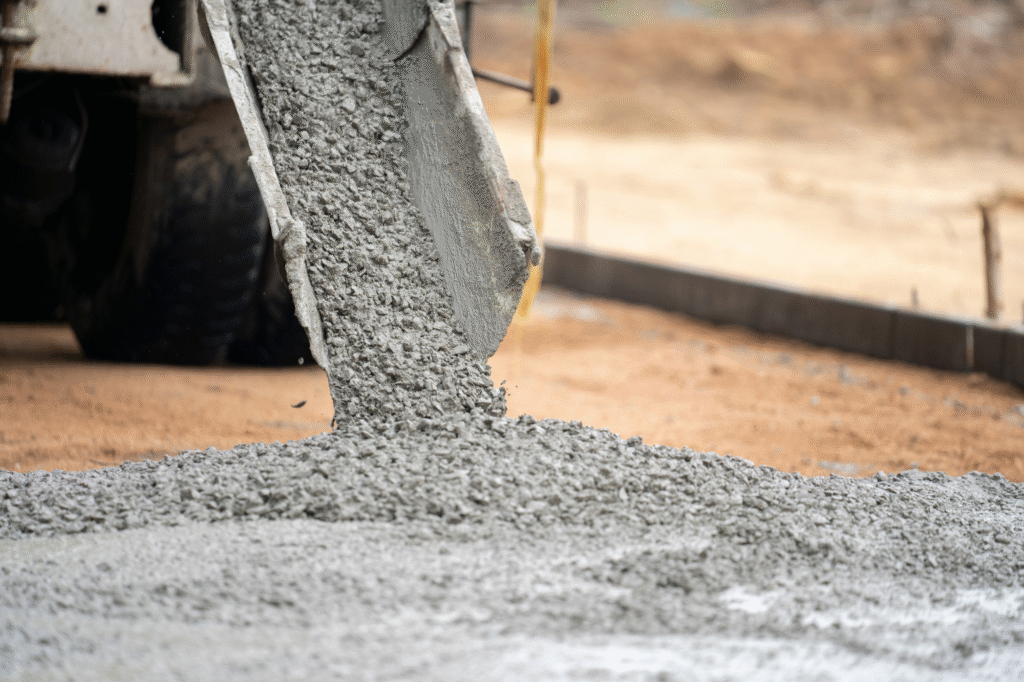
One very significant benefit of concrete is that it can be poured into any shape, and can be hardened into a robust material.
2. Steel
The second name in the list of materials used in building construction has to be steel. It’s a super strong composite material made out of iron and carbon alloys and has a high tensile strength. Added to that, steel is also a lightweight material, and is easier to ship than most other building materials, which makes it such a common choice among construction projects.
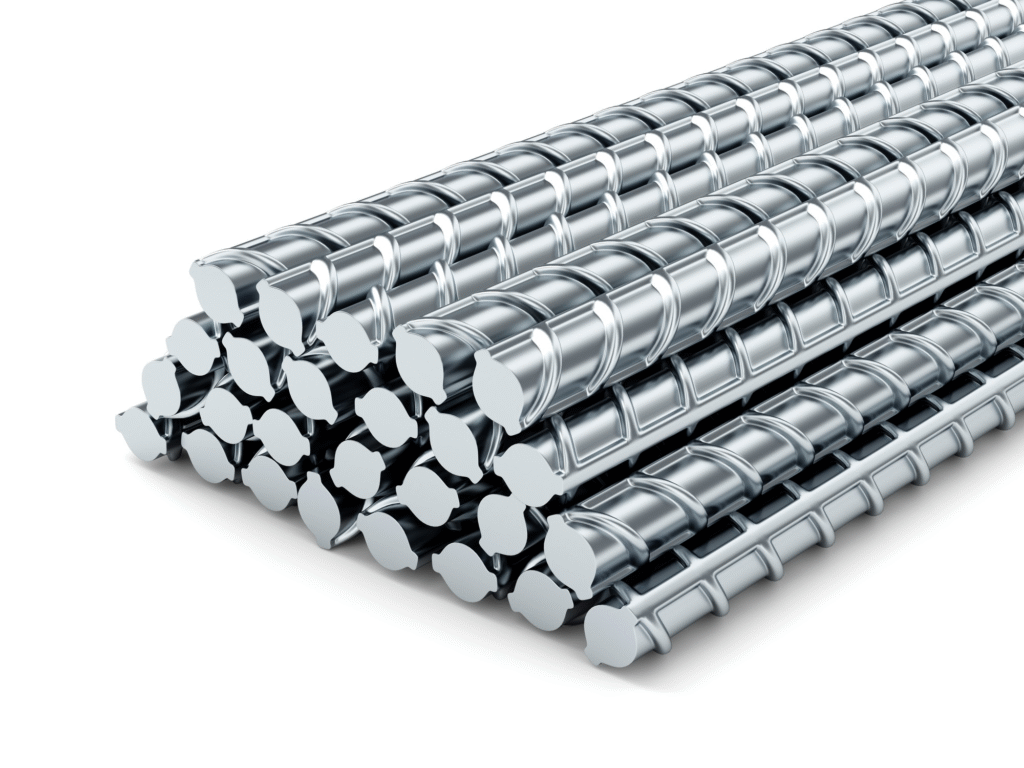
Steel is widely used across construction projects as structural reinforcement to increase the tensile strength of buildings. Along with it, steel is also majorly used to make ceilings, internal walls, stairs, and even for constructing underground fuel, gas, and water lines.
3. Stone
Stone is another one of the common construction materials that has been used for ages to put up mansions, and castles! It’s still relevant in modern construction projects, wherein it is widely used by architects and engineers to make up stone walls and floors.
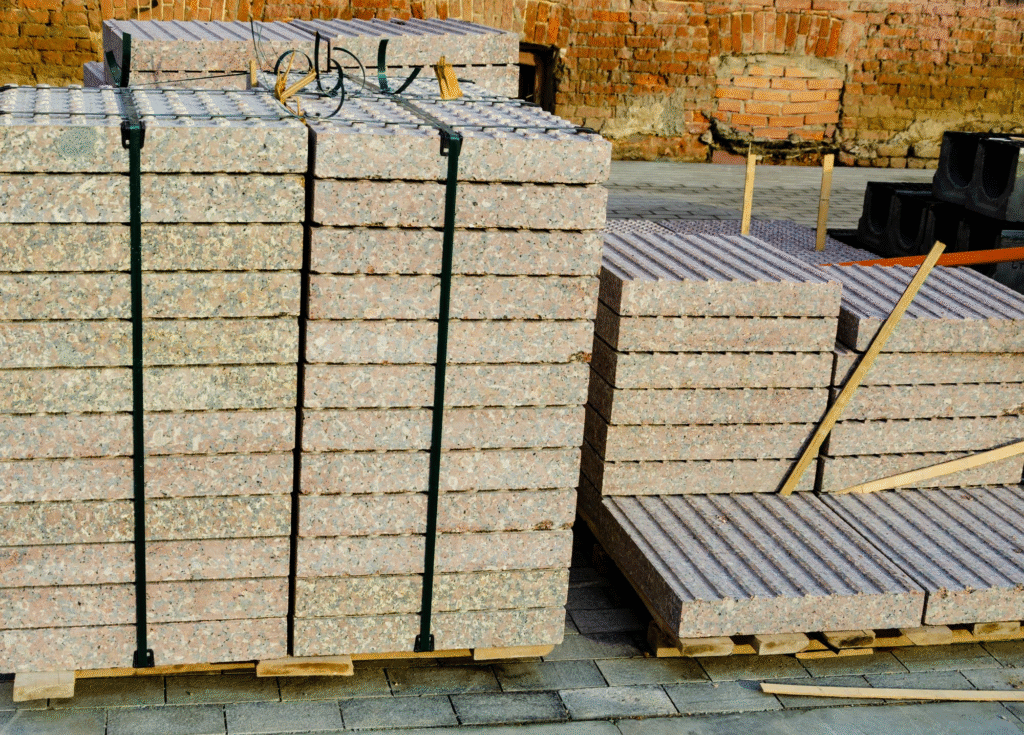
Not just that, but those marble-finished kitchen countertops are also fine instances of the relevance of stone usage in construction projects. Some of the most common types of stone used in construction are namely granite, marble, and sandstone.
4. Wood
Wood is one of the oldest, naturally available construction materials, that has been in use across construction projects. It offers three main benefits:- cost-efficiency, strength, and durability. It, and can be converted into desirable shapes for various construction-related purposes.
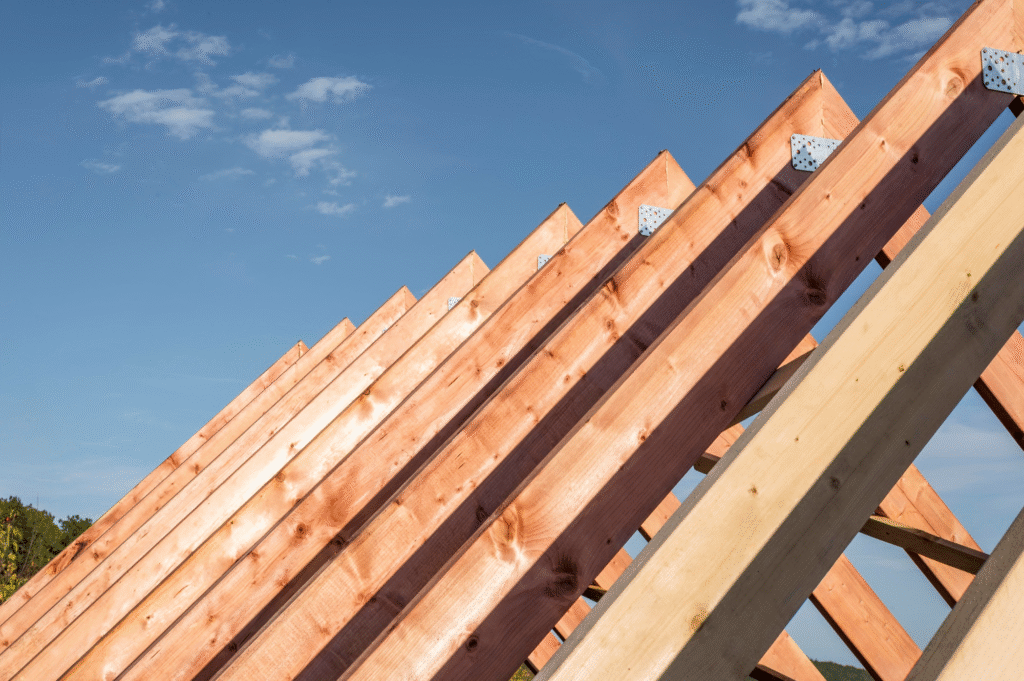
Other than that, wood is lighter in weight, easily standardized, offers high tensile strength, and has great soundproofing and insulation properties. This makes it a great option for the construction of floors, walls, window frames, doors, and acoustic/ thermal insulations.
5. Bricks
Bricks are rectangular blocks that are used to construct walls or other masonry foundations. These are another set of the most common building materials having a high compressive strength. Usually, brick and mortar are used in tandem to construct load-bearing walls, and also for constructing buildings, as they are a more economical choice than concrete blocks.
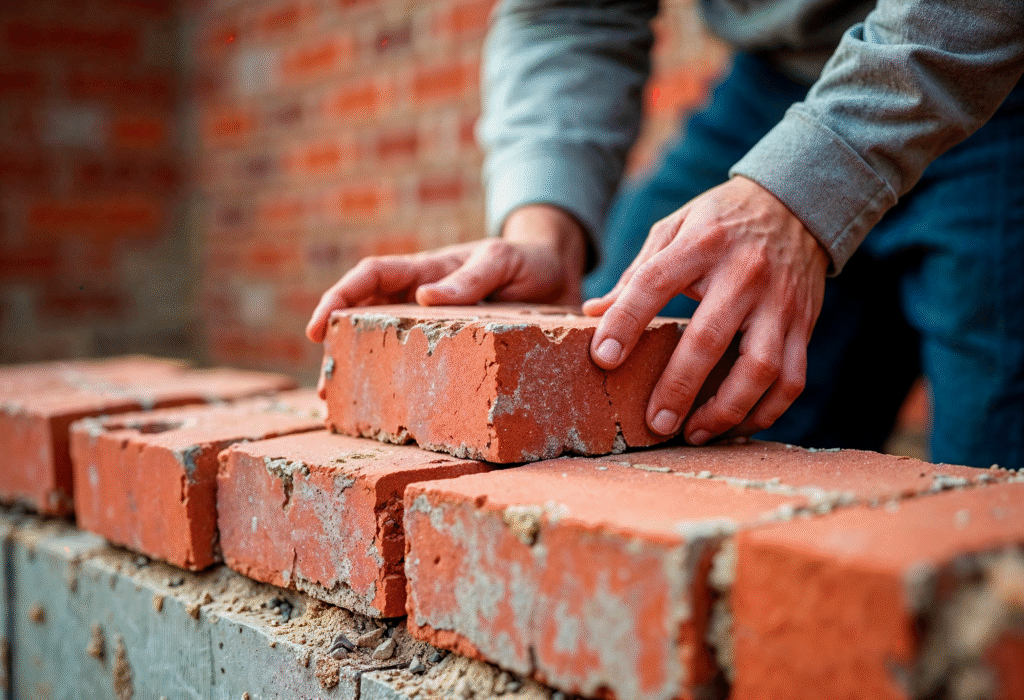
Also read: Floor planning has a major role to play in a new construction project. Click here to learn more about its significance.
Wrapping It Up
There are a plethora of other materials used widely across construction projects around the world. However, when it comes to the most common modern building materials, the above five names still remain relevant even in today’s day and age! These are not only widely popular but also ensure a robust and durable construction, which can endure every wear and tear for years to come!
![]()

As a lifelong DIY enthusiast, Alex Barton is never afraid to go the extra mile to save a few bucks! From seamless interior decor hacks to effective DIY home renovation tips, he shares a myriad of his experiences for you to unleash your creativity.



















